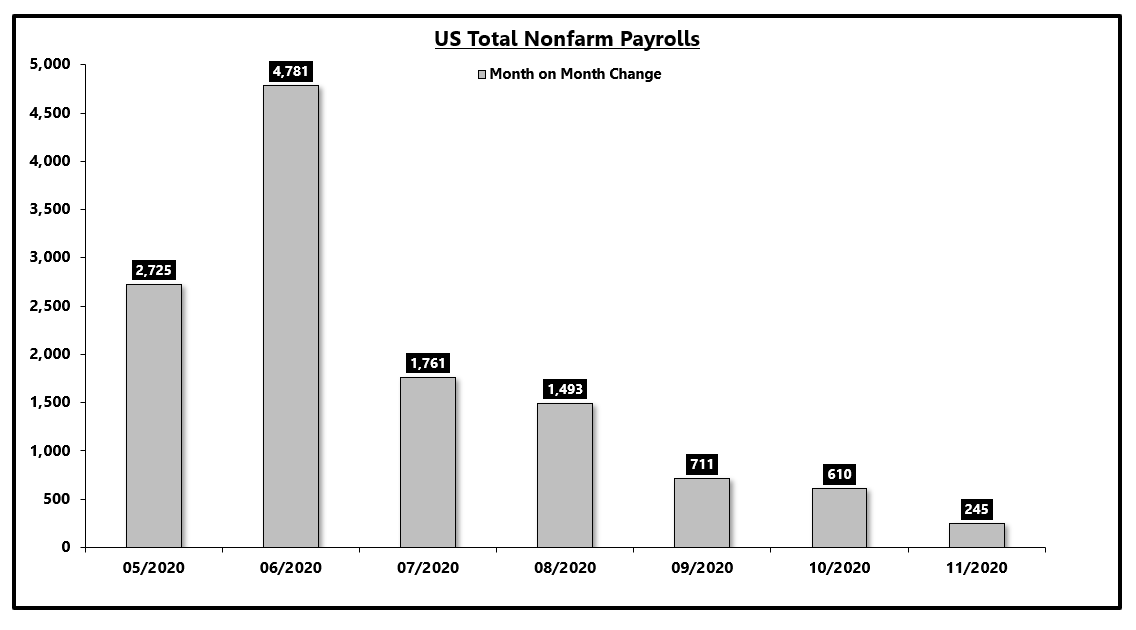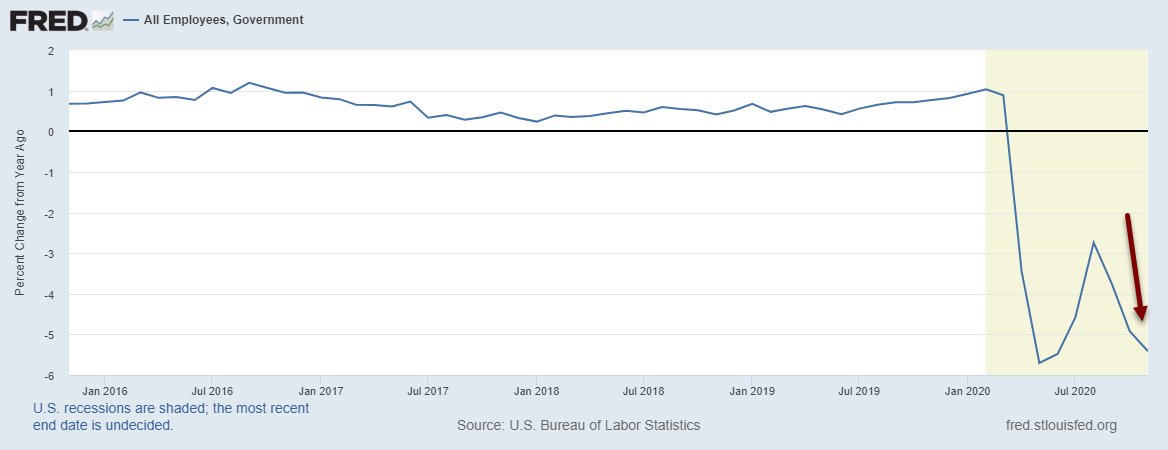
Why you should be expecting “worse than average”…
Graphed below is the trailing 10Y avg in real EPS and real GDP, indexed to 100 in 1990.
Real EPS massively outpaced real GDP (financial engineering gap).
Graphed below is the trailing 10Y avg in real EPS and real GDP, indexed to 100 in 1990.
Real EPS massively outpaced real GDP (financial engineering gap).

S&P 500 management has done a remarkable job at keeping the long-term growth rate in real EPS between 5%-6%, despite weaker real GDP growth.
The long-term real return for the $SPX has been about 6% and the long-term growth in real EPS has been about 6%.
The long-term real return for the $SPX has been about 6% and the long-term growth in real EPS has been about 6%.

Over time, stocks track real EPS growth with a wildly varying, yet mean-reverting multiple.
How have managements boosted EPS to nearly 6% in a world of 2% real GDP growth? Tax changes and buybacks mostly.
How have managements boosted EPS to nearly 6% in a world of 2% real GDP growth? Tax changes and buybacks mostly.
Since 1990, the effective corporate tax rate has dropped from ~30% to ~12% all while pursuing aggressive share buybacks. The combo of ever-lower tax rates and share buybacks allowed real EPS growth to far outpace real GDP growth. 

With the effective tax rate already at ~12% and corporate balance sheets loaded with debt, these two factors may continue to work to benefit EPS, but to expect a repeat of the last 20-30 years is a tall order.
Long-term real economic growth is expected to sink near 1.5% (from 2.3%) and with less help from taxes and buybacks, long-term real EPS growth will fall into the 3%-4% range rather than 5% to 6%. 

Check out the full article for a more detailed analysis of why future returns are likely to massively underperform historical returns.
seekingalpha.com/article/439572…
seekingalpha.com/article/439572…

• • •
Missing some Tweet in this thread? You can try to
force a refresh

















